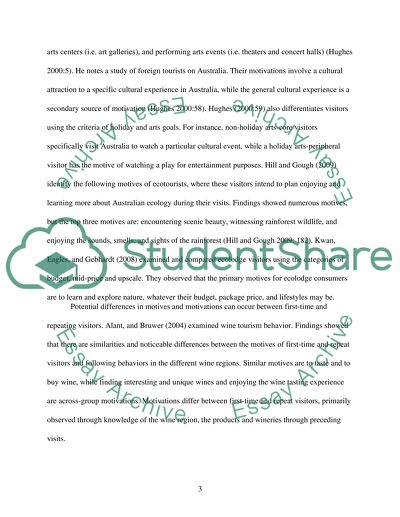Cite this document
(“Tourism/ Motives and motivations of visitors to a destination of your Research Paper”, n.d.)
Retrieved from https://studentshare.org/family-consumer-science/1407324-tourism-motives-and-motivations-of-visitors-to-a
Retrieved from https://studentshare.org/family-consumer-science/1407324-tourism-motives-and-motivations-of-visitors-to-a
(Tourism/ Motives and Motivations of Visitors to a Destination of Your Research Paper)
https://studentshare.org/family-consumer-science/1407324-tourism-motives-and-motivations-of-visitors-to-a.
https://studentshare.org/family-consumer-science/1407324-tourism-motives-and-motivations-of-visitors-to-a.
“Tourism/ Motives and Motivations of Visitors to a Destination of Your Research Paper”, n.d. https://studentshare.org/family-consumer-science/1407324-tourism-motives-and-motivations-of-visitors-to-a.


